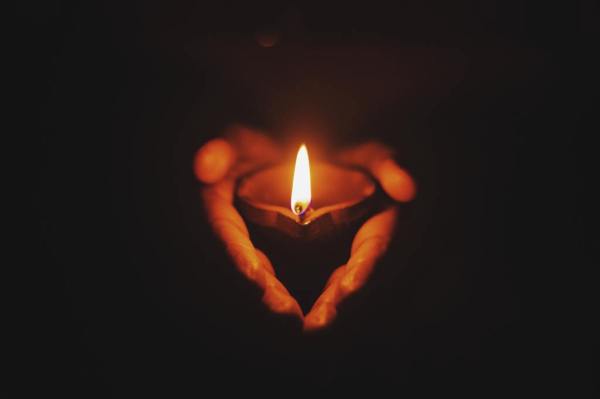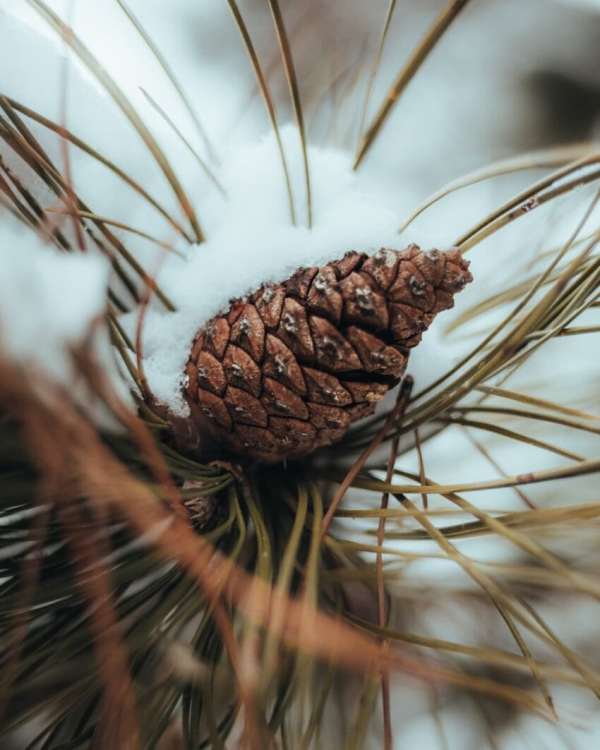In my first post in this series, I explained how I wanted to strip away everything non-essential from pagan ritual and build it from the ground up–literally, starting with our interaction with the earth and the other-than-human beings who we share it with.
In the second part, I talked about various occasions during the winter season which present opportunities for ritual. As pagans, we need way more ritual in our lives than just eight times a year. The shift from Daylight Savings, feeling the first bite of winter, the solstice, the first snowfall, Christmas, New Years, and the coldest day–these are all good times for ritual.
And in the last post, I talked about the process of creating a ritual, starting with listening–to nature, to our own bodies, and to our unconscious. Ritual is a conscious structure applied to an unconscious response to the more-than-human world. And I focused on using simple gestures and poetic language, inspired by the practice of deep listening.
In this part, I said I would share my own ritual for the solstice. I vacillated about sharing this, because I’m not certain about it’s usefulness to you. If you create a ritual using the process I described in the last post, it’s not going to look anything like mine. But I’m going to share it anyway, just to give you an example of one outcome of the process.
Continue reading “No-Nonsense Paganism: My Winter Ritual”







